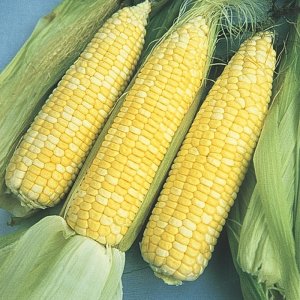ducks4you
Garden Master
- Joined
- Sep 4, 2009
- Messages
- 13,247
- Reaction score
- 20,192
- Points
- 437
THIS is what I bought late last Fall from Gurney's.
Sugar Baby Hybrid Sweet Corn Seed (se)
Extra Sweet, Early Bicolor, 250 seeds.
Sugar Baby Hybrid Sweet Corn Seed (se)
Extra Sweet, Early Bicolor, 250 seeds.

- Early bicolor producer
- Tolerates cold conditions
- Ideal for short growing seasons
- Scrumptiously sweet flavor
